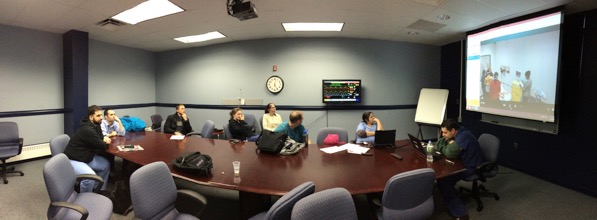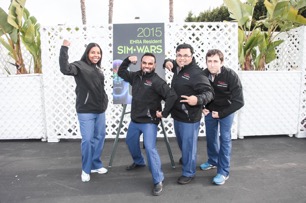Procedural Training & Simulation

Simulation is an integral part of our residency didactics and includes case-based learning as well as procedural training using task-trainers. Our department has also taken the lead in developing simulation for the medical school's Transition to Residency course.
Previously residents participated in 2-3 simulation session per academic year, with mixed groups of junior and senior residents. Based on our assessment of the evolving training environment and feedback, beginning July 2022 we changed the format and schedule for our simualation and procedural training initiatives as below. This was facilitated by the acquisition and development of our own simulation space on our admin/eduational floor, as well as an increase in faculty/staff support and investment in the latest simulation technology.
The current format for procedural training and simulation is as follows:
- We use 4- week blocks for both the clinical and conference schedule
- Each week one entire class is protected from 11pm Tuesday until 7am Thursday when on EM-based rotations - about 75% of rotations as an EM-1/2 and 100% of rotations as an EM-3/4. We have arranged this so that the EM-1s are protected 1st week of the block, EM-2s are protected 2nd week of the block, and so on.
- On the assigned "Class Wednesday" the schedule is generally as follows:
- 8am - 12pm: Conference
- 12pm - 12:45pm: Lunch
- 12:45pm - 1:15pm: Class meeting with PDs
- 1:15pm - 3:30pm: Procedural workshop + Simulation (split into 2 groups of 4-5 residents) - including competency assessments
- 4pm onwards: Class bonding/wellness evening :)
- Both simulation and procedural workshops are now year-directed such that more senior residents are not getting "bored" with basic procedures, while more junior residents don't feel "lost" with complicated simulation cases
With this change an incoming resident will now have about 30 procedural workshops and simulation sessions under their belt by the time they graduate. This is not only a substantial increase compared to our previous format, but also puts us at the cutting edge of using simulation to ensure that our graduates are well-trained and competent when they leave the program.



